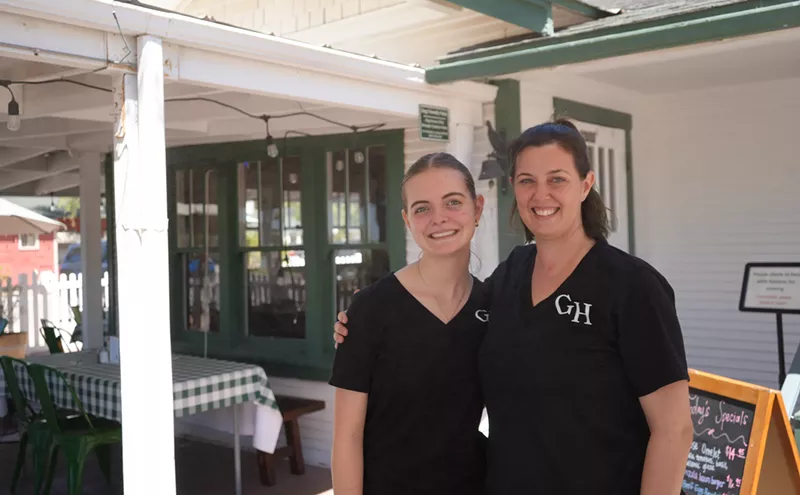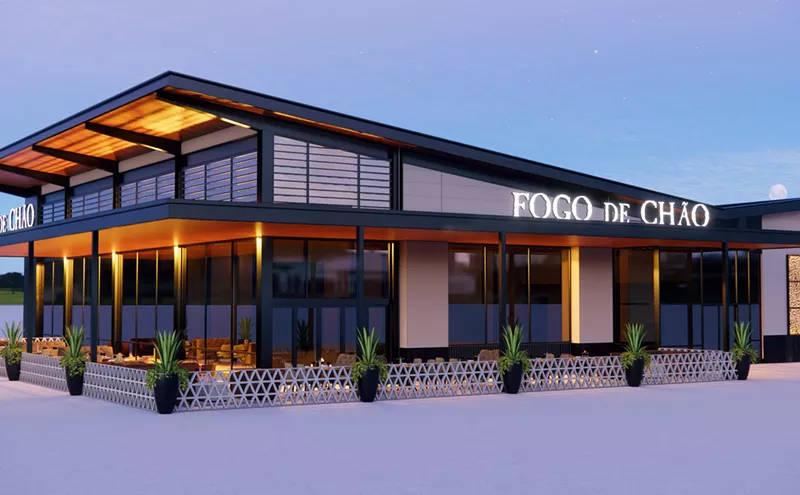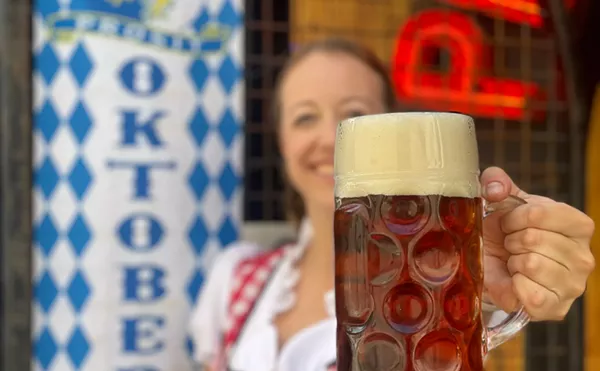In the South of France, November 2012, the most stunning example of terroir was when we were confronted with the rock-filled vineyards of Chateauneuf de Pape.
Terroir (French pronunciation: [tɛʁwaʁ] from terre, "land") is the set of special characteristics that the geography, geology, and climate of a certain place . . . (Thank you, Wikipedia).
We were on one of those AMAWaterways Wine Cruises (the Danube this year!) with Eric Glomski from Page Spring Cellars and a bunch of Arizona wine fanatics.
It was after harvest, but the grape clusters on these vines would have been hanging 8 to 12 inches above the rock-strewn vineyard.
With groundwater from the nearby Rhone River moistening their roots, these bush-pruned vines need no irrigation, and the low-hanging clusters would soak up the needed heat the flood-strewn stones released through the cool night.
Sulphur Springs Valley, the high-altitude desert where some of us grow our vines, is a Playa, one of those rare valleys with no river running through it. It's a birder's paradise, a bowl where drenching monsoon cells create a temporary brackish lake that mirrors the roiling skies; it's s destination for the phenomenal migrating sandhill cranes.
With similar soils, we are in many ways mirror opposites, and like the winegrowers of Chateauneuf de Pape -- growing the same Rhone varieties -- we have adapted specifically to our own terroir.
For us, we have no groundwater, gales gusting to 75 mph in the spring, hotter days, cooler nights, a monsoon at harvest, and endless sunshine.
This means, for us anyway, planting in rows 9 to 11 feet apart, enabling good airflow through the vines, to blow-dry the clusters with our Cochise County breezes after the downpours. It means running an irrigation line at about 12 inches, with two 1 gph emitters on each side of the vine. Then we train the cordons out on a wire about 34 inches above the ground, bilateral cordons wired to the second wire, so the vine is sort of crucified -- well-braced to withstand those spring gales. At this height, we dance the fragile new buds above the killer frosts that slither along the ground after bud-break in April, and keep the ripening clusters high, cool, and dry, given our explosive heat and drenching rains.
With vertical shoot positioning (VSP), we prune to seven or eight shoots from each cordon, so we can position the clusters evenly, allowing light and airflow through the clusters, aiding both ripening, drying, and cooling.
Then we manage the canopy, using two pairs of wires at two different heights above the clusters, so we can control the canopy spread for maximum sun or shade, depending on the weather.
A bit different, eh?
Oh, it goes on. Some of my friends have $30,000 fans to blow the killer frosts away in the spring. We have less money, so we have to be inventive. The frosts slide down from the Dos Cabezas Mountains to our east. The vineyard slopes slightly from east to west, and our vines are planted east to west so the frost moves down between the rows. On the (higher) mountain side of the vineyard is an old concrete irrigation ditch, an artifact from the days of the gravity-feed irrigation of an alfalfa field.
So, during the year, we drop prunings and weeds into the ditch. Come spring, we stand by on cold nights with a bit of gasoline and a torch, and when the temperature drops to 33 degrees, we fire up the ditch. The theory is the frost slides down the hill and runs over the burning ditch before hitting the vines. So far, it's worked.
You have to take care with fires. If they're too big, they can pop a hole in the inversion layer and all the hot air gets sucked up through the hole, the updraft sucking all the waiting frigid air onto your baby buds. Kaput. We do small fires.
Okay, so now to the harvest. Every year, the monsoon is different. If it doesn't rain at all, we don't have powdery mildew or bunch-rot issues; but if it's hot and dry, the clusters can ripen too quickly and the pH shoots up, so we have to water like crazy.
What we do have -- our secret weapon -- is hot, sunny days and cool, high-desert nights; at 4,300 feet as much as a 40-degree diurnal temperature swing. In fact, 100 degrees to 60 at night is common. The sun and heat ripen the fruit, while the cool nights slow down the ripening, increasing fragrance and flavors, and help keep the acidity high, making for clean, bright juice; it's great for food wines.
And up nearly a mile high, we get way more UV than most other vineyards in the world, giving flavor and fragrance without hanging the fruit late when the acid levels tend to drop and the over-ripe fruit tend to make jammy, high-alcohol, flabby wines.
The UV boost we get helps make the skins thicker, and increases tannins, but fewer monomeric tannins and a proportionally higher concentration of polymeric tannins, giving high concentration and structure, yet keeping the wines soft and round...
So, if it rains a lot? We spray for rot and mildew. There are old-fashioned solutions . . . Sulphur, organic for sure, but somewhat toxic, and can leave SO2 residues in the fruit. We usually use other sprays, organic ones composed of little microbes that munch the stuff on the grapes we don't want. But these sprays need windless spraying conditions and a 24-hour rainless window to set. Sometimes, like in 2007 and now this year, with monsoon winds and rain every day, it's dodgy finding a 24-hour window.
And we can't harvest when there's a monsoon cell around. You can't pick in the rain, and the lightning is too dangerous. So often we only decide to pick the next day, heart-in-mouth, at 10 at night.
In 2010, I drove down one afternoon in late August to pick Shiraz next day; it started raining so hard the road to the vineyard was under 2-feet of water. We called off the pick.
Next morning at 5:30, it had dried out. I did the sugars and they hadn't changed. Another secret weapon . . . Our soils are so well-draining, the water hadn't even reached the vines' roots. We were picking by 7:30.
Three years later, Wine Spectator had this to say about our Shiraz Cochise County Private Reserve 2010: "Bold and brambly, with blueberry, blackberry, and raspberry pâte de fruit flavors at the core, backed by pastis and toasted spice notes on the finish. Drink now. 89 points. 50 cases made."
It's a never-ending dance. We dodged a bullet that time. It's called farming.
Sam Pillsbury has made dozens of documentaries, TV series and feature films in New Zealand and Hollywood as writer, director and producer, and now grows grapes and makes 100 percent Arizona wines in Arizona. He lives in Phoenix. You can get more information about his wines and tasting room at pillsburywine.com.












